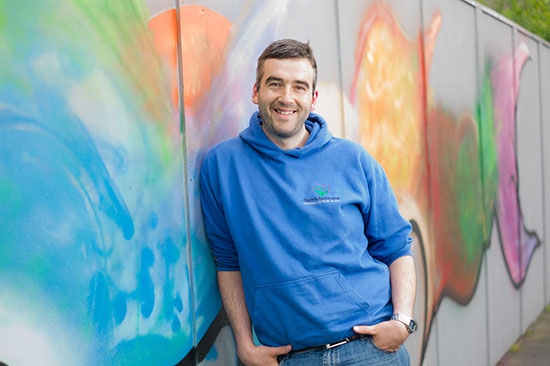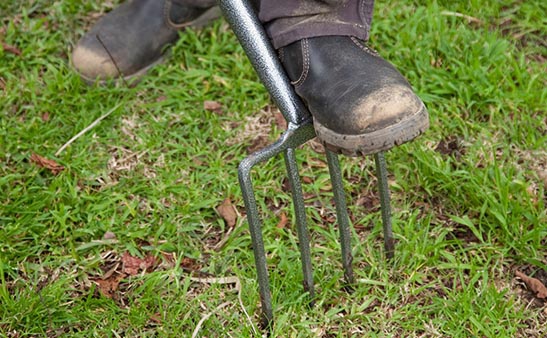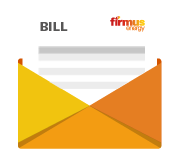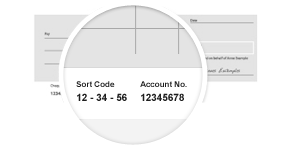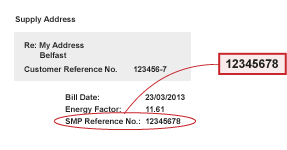Multi coloured Lawns…leave well alone and help the planet
During your morning walk you may have noticed your lawn, or indeed your neighbours lawn not looking in great shape, lacking some lustre, looking a bit shabby…indeed not looking very ‘green’. We expect lawns to be a constant lush dark green colour, the garden magazines show us pictures of perfect lawns, all lush and striped. But this can be a difficult and costly process to maintain, and at this time of year – more than any other time- the weather definitely works against you!
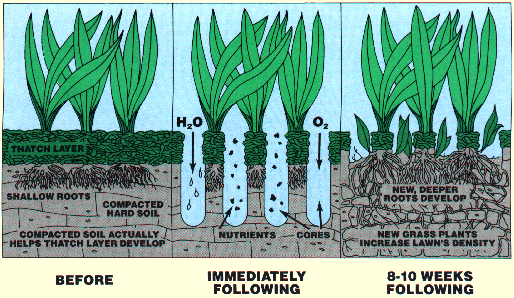
Before and after aeration of a lawn illustration.
Lawns are (mostly) a mix of perennial ryegrass, this grass is a hard wearing Genus and makes for a good, lush lawn. However ryegrasses are hungry, they require a good supply of nutrients to make them green and lush – with the important nutrient here being Nitrogen. Chlorophyll in the plants leaves cannot be produced without Nitrogen and it is this Chlorophyll where Photosynthesis takes place. When Photosynthesis is taking place the plants produce glucose from sunlight (we all remember this from school…hopefully!), the plant utilise this glucose for functions- such as cell expansion and creation, and when they don’t need it they store it as starch within the plant. The plant then feeds off this starch, during the process of Respiration, when needed, and when these starch reserves run out, or when the process of respiration is slowed (or stopped) due to compacted soils or waterlogged soils the grass will turn yellow.
Respiration involves the plant taking in oxygen in the root zone area, and if the ground is waterlogged or compacted this process can’t take place. This is why reducing compaction is such an important job in lawn management. The simple act of running an aerator over your lawn (this could be you with a garden fork, or a hired in petrol-driven machine) gives so many benefits to the lawn that simply adding fertiliser will not! Simply adding fertiliser to your compacted soil is a waste of money, the fertiliser cannot be mineralised in anaerobic soils, these nutrients will either be converted to greenhouse gas (damaging the planet) or washed off the soil (damaging the planet), in addition to the environmental damage both these simply waste money…your money…and waste time…your time!! Soil which is well aerated will mineralise Nitrogen fertiliser more readily, more effectively and convert more of the nutrients to a useable form for the grass to uptake. So instead of thinking about feeding the lawn, think about aerating with a fork and top dressing the lawn with some coarse sand (this stops the holes from closing back up again).
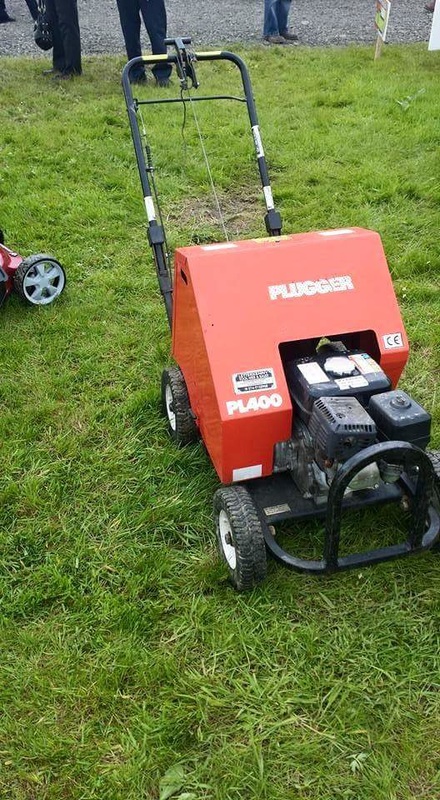
Lawn aerator machine in action at the North West Garden Show
Another discolouration which can be seen at this time of year is a purply-red colour. Although normally associated with nutrient deficiency in grass, at this time of year this is caused by the fluctuations in temperatures. Strong swings in temps, from the +13C to -2C like we’ve seen lately plays havoc with the Chlorophyll in the leaf, with the cold weather encouraging the chlorophyll to retreat into the plant exposing other colour pigments. You can also get yellow coloured tips to lawns as a result of these fluctuations too. The answer?...time. Once soil and air temperatures stabilise and a few cuts are made the colour will ‘normalise’ in the lawn- as a result of the Photosynthesis and Respiration processes explained above.
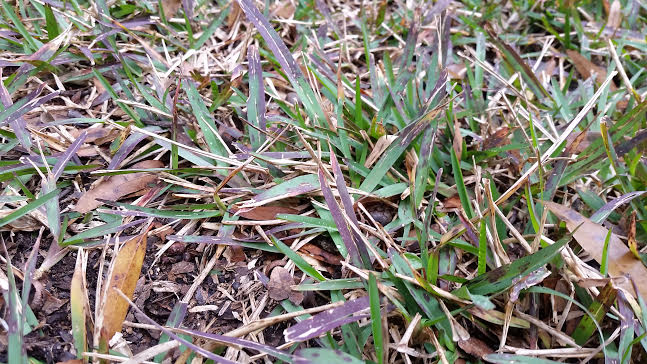
Purple coloured grass blades as a result of cold weather.
So to summarise, cold and wet plays havoc with lawns- and fertiliser is not the answer, soil compaction reduction should be your first step in creating a great lawn. Don’t Feed - Aerate! The fibrous roots of the grasses will then be able to scavenge larger areas to access nutrients as a direct result of aeration. The process of creating the fertiliser you apply to your lawn consumes nearly twice the energy of cutting the lawn all season long, so as an environmental issue it’s a substantial drain on resources and is a simple step you could take in your household to dramatically reduce greenhouse gases, reducing the Greenhouse Warming Potential of your lawn by 20%...a substantial difference!!
Connect with Gareth
Gareth Austin is a broadcaster and lecturer in Horticulture. Join Gareth on Twitter @GardenerGareth or connect via Facebook to enjoy his regular adventures in the world of Horticulture.
